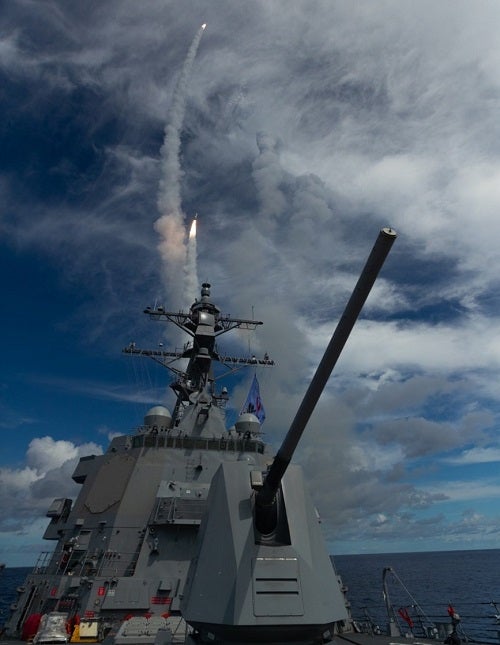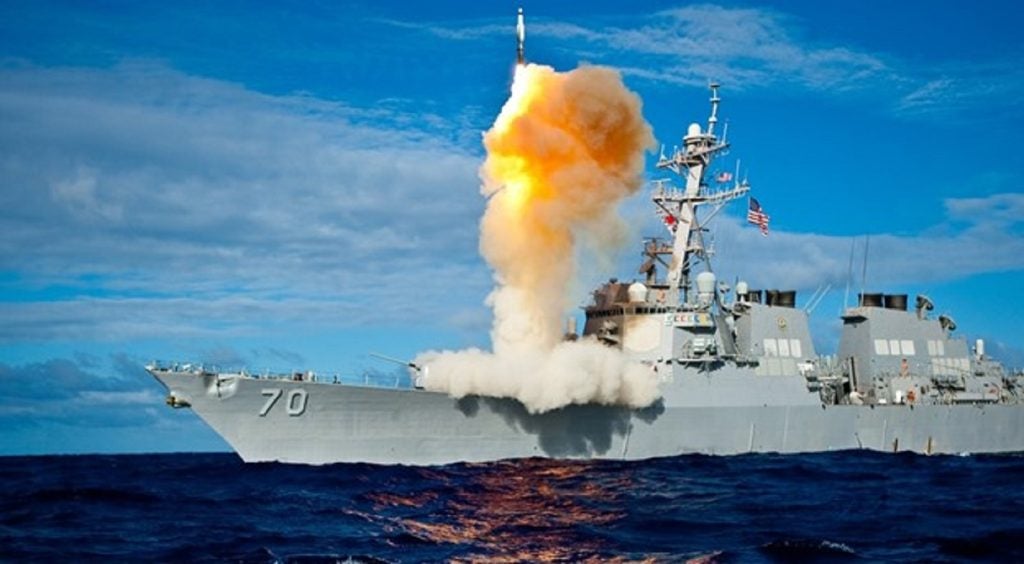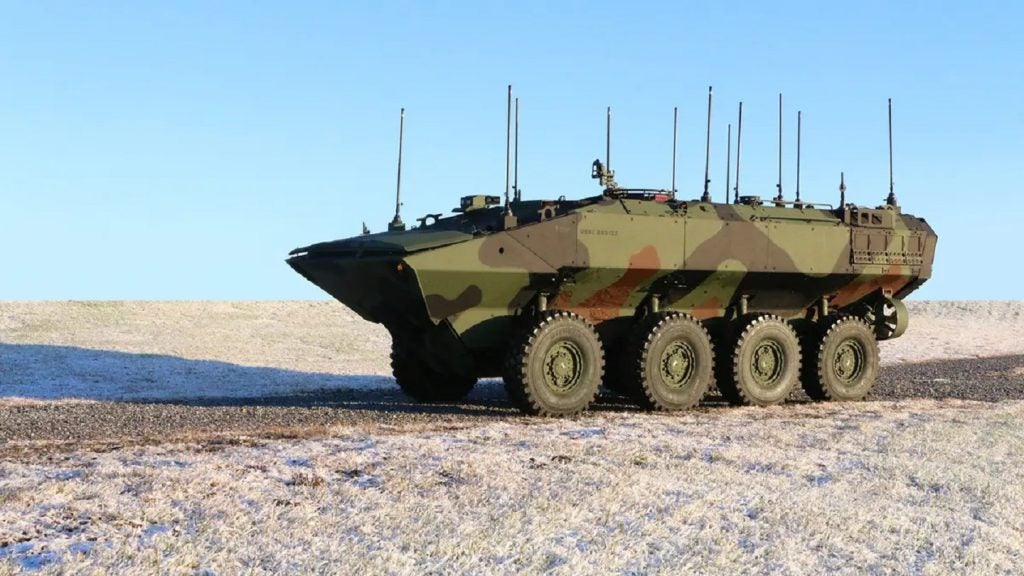The US Department of Defense (DoD) has issued a contract modification on 12 January 2024 supporting Japan in developing its enduring Aegis System Equipped Vessel Program.
In an effort to build two ballistic missile defence warships at an estimated cost of 1trn yen ($7.1bn), the Japanese Government purchased two ground-based Aegis ‘Ashore’ combat systems equipped with AN/SPY-7(V)1 radars in a deal approved by the US in 2019.
Although there was a major delay in 2020, this Foreign Military Sales (FMS) case – designated ‘JA-P-NCO’ by the DoD – will continue with construction due to begin this year, according to GlobalData intelligence.
Lockheed Martin was selected for the $271m modification to integrate equipment, material, software and hardware end items to Japan’s two systems.
How will Aegis help Japan?
Firstly, the Aegis system is an naval weapons system made for US Navy Arleigh Burke-class destroyers that integrates sensors and weapons to engage anti-ship missile threats.
Lockheed Martin developed the Aegis ballistic missile defence (BMD) capability for the Aegis combat system to engage ballistic missiles with the SM-3 missile. 33 Arleigh Burkes were fitted with the BMD system, which offers long-range surveillance, tracking, and engagement of short-range and medium-range ballistic missiles.
The ships are armed with 56 Raytheon Tomahawk cruise missiles, with a combination of land-attack missiles with a Tercom-aided navigation system, and anti-ship missiles with inertial guidance.
The Standard SM-2MR block 4 surface-to-air missiles with command / inertial guidance remain at the centre of the Aegis system.

Of course, $7bn on two vessels is a lot of money, even for the likes of Japan whose defence budget has inflated, which will make it the third largest military power in the next five years, according to GlobalData intelligence. Aegis must be a priority for the island nation, but why?
Japan’s defence expenditure will be fueled by the efforts to enhance its combat to counter North Korea’s rising military strength, China’s continued expansionist tendencies, and Russian activities in the disputed Northern territory.
As the Aegis system constitutes the lynchpin on a shipborne BMD, Japan’s two future destroyers may serve to respond to North Korea’s unceasing nuclear and missile threats.
In October 2020, the Korean aggressor unveiled its new ballistic missile. Just months later, in January 2021, North Korea unveiled a new type of submarine-launched ballistic missile. Then in March, it carried out the launch of what it called a “new-type tactical guided projectile.”
North Korea said the new missile was able to carry a payload of 2.5 tonnes, which would make it capable of carrying a nuclear warhead. To counterbalance the technological advancements made by North Korea, Japan has to equip itself with a more effective arsenal of weapon systems.
Recently, after the North Korean leader Kim Jong-un’s government informed Tokyo that it intends to launch a satellite between 31 May and 11 June, the Japanese military declared that it would destroy any North Korean missile that violates its territory and is making preparations to do so.












